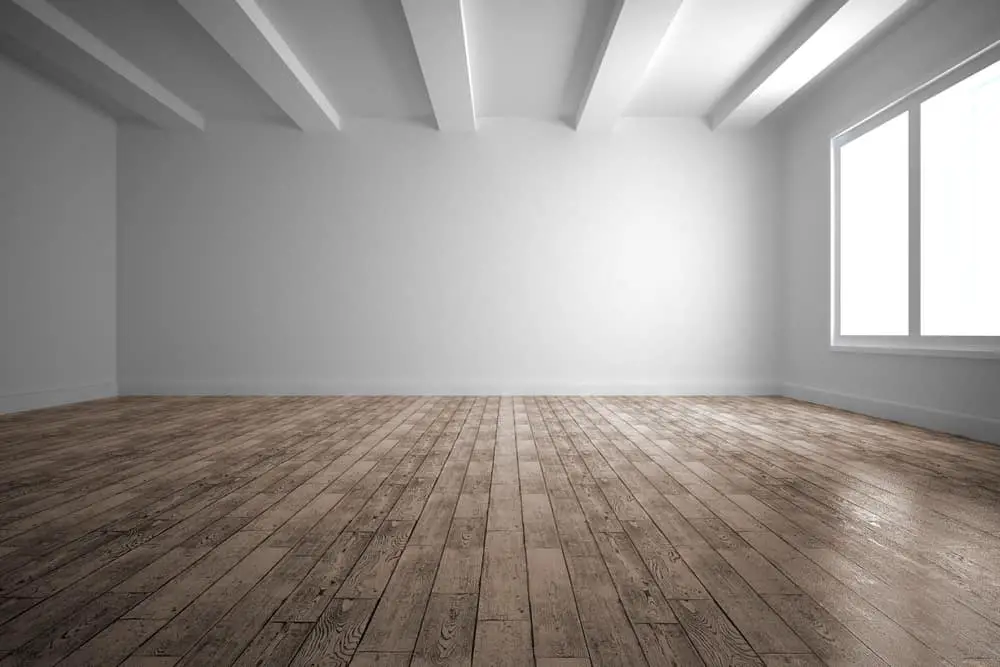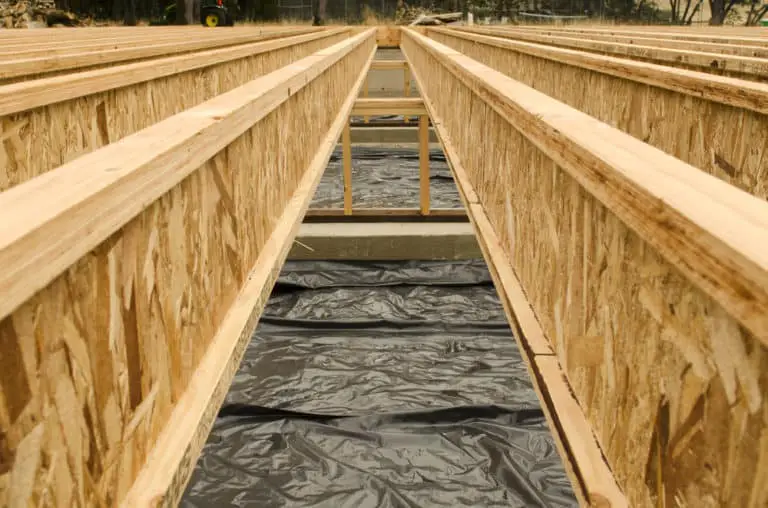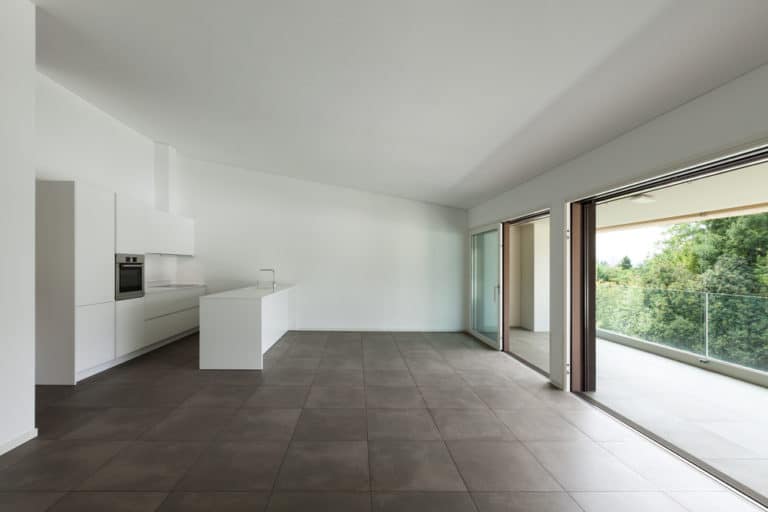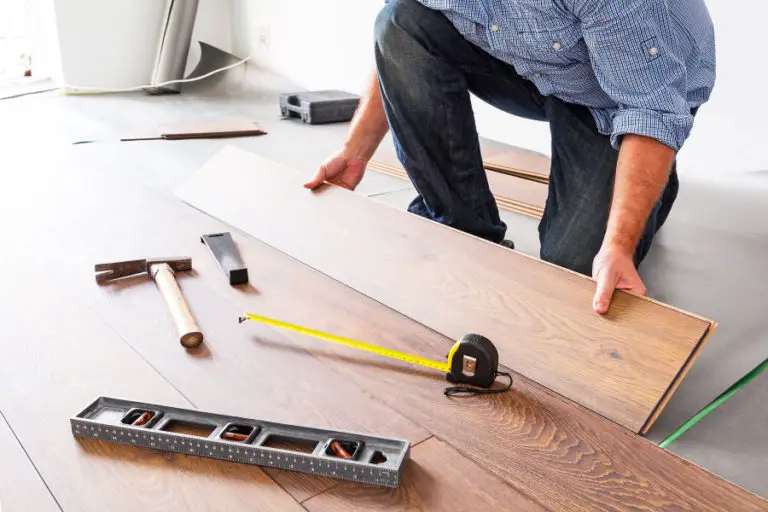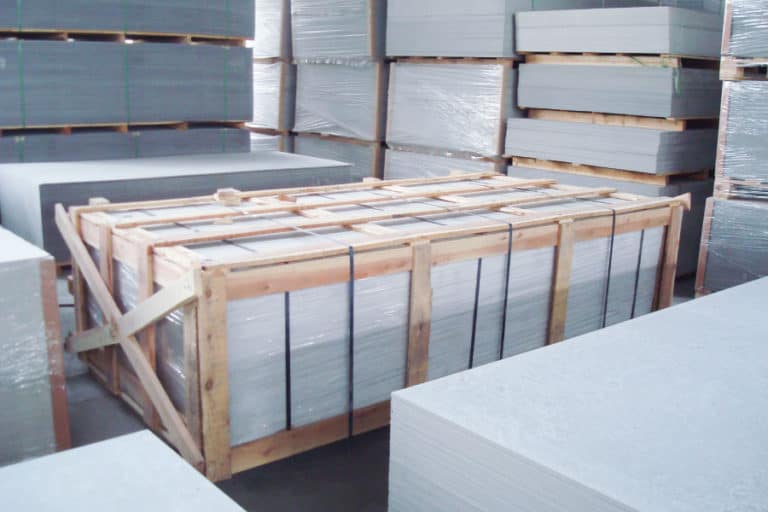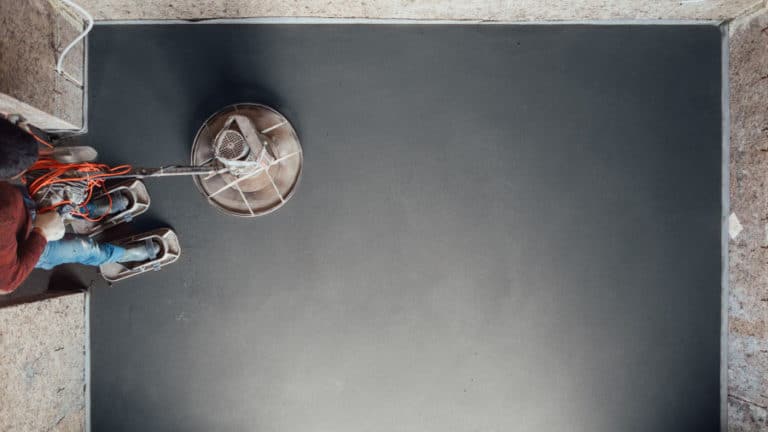Should All Wood Floors Run The Same Direction?
While many homeowners may think there is no difference as long as the flooring runs in a straight line, this couldn’t be farther from the truth. If you’re looking for a wood floor that will stand up to heavy foot traffic and last for years down the road, it’s worth taking into consideration what direction your floors should run.
Wood floors do not need to run in the same direction throughout a house. Different rooms may benefit from different styles and designs of flooring direction. However, areas like entrances and high traffic zones there can be both aesthetic and safety reasons to keep those floors running in one direction.
We’re here to answer that question and give you some tips on what to consider when deciding which direction your wood floor should face.
Is It Necessary to Run Wood Floors In the Same Direction?
It’s best to run wood flooring in the same direction throughout your house. However, some homeowners will say that it doesn’t matter what direction you choose if you have a rug between two rooms. While this would look great, it’s best to avoid having wood plank facing different directions because it could eventually cause a tripping hazard.
Cost Of Laying Wood Floors In The Same Direction
When looking for new flooring, you may wonder how much extra it will cost to have your wood floors run in the same direction. There is no significant difference in installation costs, but depending on the circumstances, it may be necessary for your installer to have more supplies on hand.
Can Wood Flooring Be Laid in Different Directions?
Having your wood flooring go in different directions can create an exciting pattern that will add dimension to any room. Some homeowners may want to lay specific flooring in different directions, such as installing the wood over a diagonal. Here are some reasons why.
They Make A Room Feel Spacious
Wood flooring can add a lot of character to your home. It breaks up the flow and pattern of the wood. They could make a diagonal by installing a quarter round at a 45-degree angle.
When laying your wood flooring in different directions, avoid running the wood flooring at 90-degree angles to each other. You may also want to avoid running the wood flooring in opposite directions across the house.
If Your Area Has High Traffic.
In this case, having the pattern on opposite sides of the room can help reduce wear and tear on the finish of your floors while still looking great.
There are several ways to layout wood flooring in a room, among which include;
End-to-end Flooring
This means that the wood flooring goes from one end of a room to another, with no rugs or seams. It would be best for smaller spaces.
Staggered Flooring
Flooring starts at one end of a room, then cuts in half, where the flooring turns around on itself to head back to the opposite end. It would be best for larger spaces to avoid having a long line of wood flooring running the room’s length.
Running Wood Flooring Diagonally
At one end of the room, the wood flooring meets with the flooring at a 45-degree angle. It works great if you have wood floors installed over a diagonal and avoid having two different directions of wood flooring.
Herringbone Flooring Patterns
It is a great way to add some dimension and flair to your wood floors. Herringbone flooring starts at one corner of your room and runs toward the opposite corner, so it’s best for larger rooms.
How To Choose The Direction Of Your Wood Floor
If you are installing new flooring in your home, there are a few things that you need to take into consideration when choosing the direction of your flooring.
- Ensure that the wood pattern looks good with the rest of your house. You may want to choose a color that will coordinate well with your walls and other furniture in the room.
- Take into consideration how much traffic the room gets. The high-traffic areas in a room, the better it is to lay out the flooring in a way that reduces wear and tear on the finish.
- Consider the size of the room. You can use different layouts for large or small rooms to make them feel more open. Whether you choose to have your new flooring installed in one direction or several, you will want to make sure that the wood looks great in your home.
- If you are installing new wood flooring in your house, consider the direction that will work best for the space and try to match that with your other house decor.
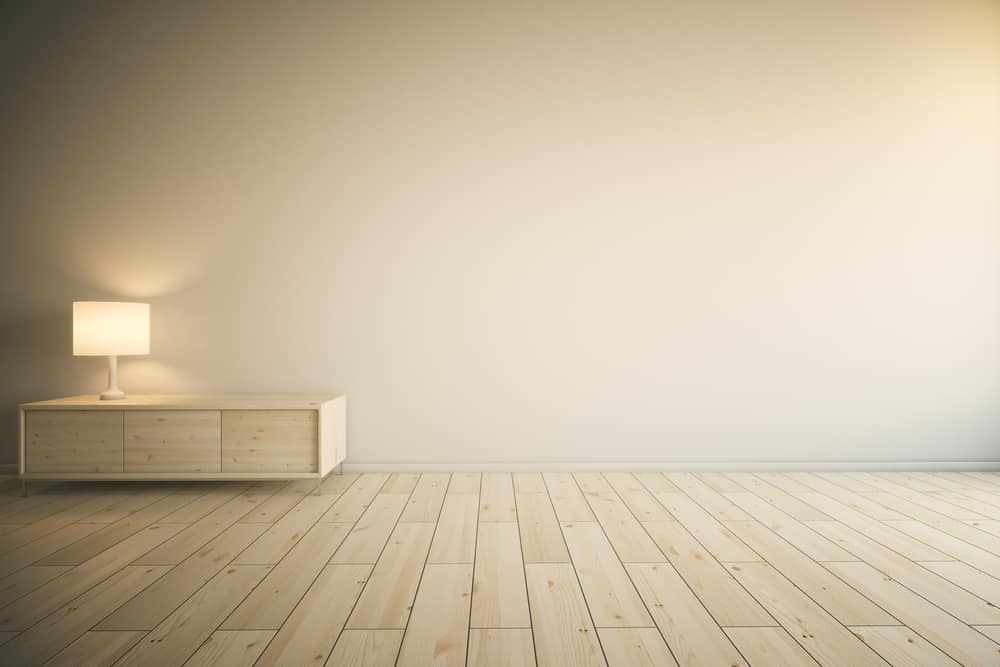
Factors To Consider When Laying Wood Floors
Various factors should be put into consideration when laying wood floors. These include;
Aesthetic Considerations
The most important thing to consider is what will work best for you and your family. For some people, having the option to run the room in two directions means more space for furniture placement while still getting all of their needs met.
Avoid cutting the seams between planks in high-traffic areas, especially If you have children or pets. Floors that run in one direction may not be convenient for them.
Diagonal Floors
In most cases, laying your wood flooring diagonally is a good option. However, you should always check with your flooring installer before trying something new.
Inlays And Partial Replacements
Inlays and partial replacements may be harder to lay in different directions. In most cases, it’s best to have the wood flooring go in the same direction throughout your entire house. The overall finishing look of your home should be taken into account when laying out wood flooring installation.
Main Entrance
The main entrance to your home is the first place people will see when they come over. Make sure that it’s well-lit and welcoming. Avoid having the wood flooring in your main entrance go in different directions. It’s best to have the wood flooring go all in one direction for this area of your house.
Length and Staggering
For larger rooms, it’s best to have the lengths of wood flooring go in one direction. If you would like to stagger the wood flooring, make sure they are relatively the same length.
Uneven Walls
If your walls are not square or plumb, you may want to lay the wood flooring in a way that accommodates this. It may be best to avoid cutting the seams in high-traffic areas.
Signs That Indicate Your Wood Floors Need Refinishing?
Most hardwood floors will need refinishing or re-coating every few years. Make sure to check with your contractor about what counts as normal wear and tear, so you can determine what kind of maintenance your floor needs. Some signs that indicate your floors may need refinishing are:
- Check to see if the finish is wearing thin by pressing your fingernail into the finish. If you can make a dent in it with your nail, that is usually an indicator that refinishing is required.
- Check to see if the boards are starting to warp or cup: This can be done by laying a length of wood 1×4 or 2×4 on your flooring and checking to see if it rocks back and forth. There are a few ways to remove a piece of wood flooring from your home. The safest and easiest way is to call up a professional.
- Check for any scratches or marks on the surface: If you have kids or pets, these are some of the most common things that will cause damage to your floor.
- Check to see if there is a color difference between boards: This can be done by laying a dark-colored flooring board compared to a light-colored flooring board next to each other. If you notice that one is entirely different from the other, that means your floor needs refinishing.
- Check for unevenness: Your floor may be uneven if you have slant or wide gaps between each board.
- Check for water damage and moisture: Your wood floors should not get wet. If you notice any water damage, your floor may need refinishing. Prolonged exposure to water may also cause a floor to warp.
Conclusion
The next time you are planning a flooring project, make sure to keep the direction of your wood floors in mind. If you want an easier installation and more natural flow for people walking through your home, it may be worth considering what direction to install them! Or if this is not important, then feel free to run those planks whichever way you like.

